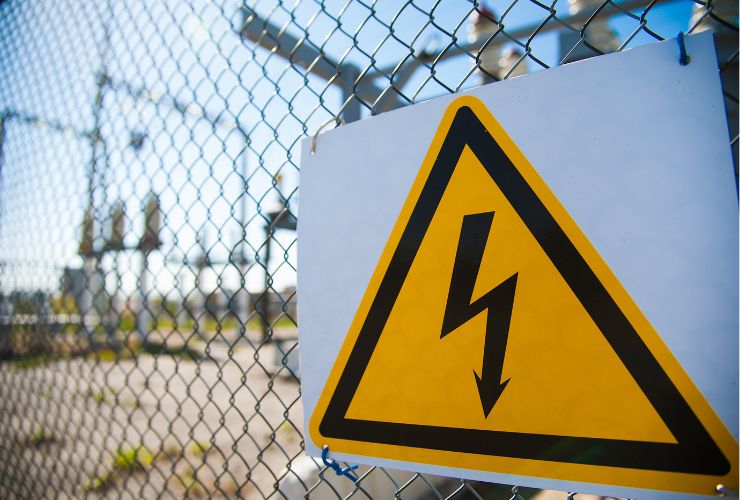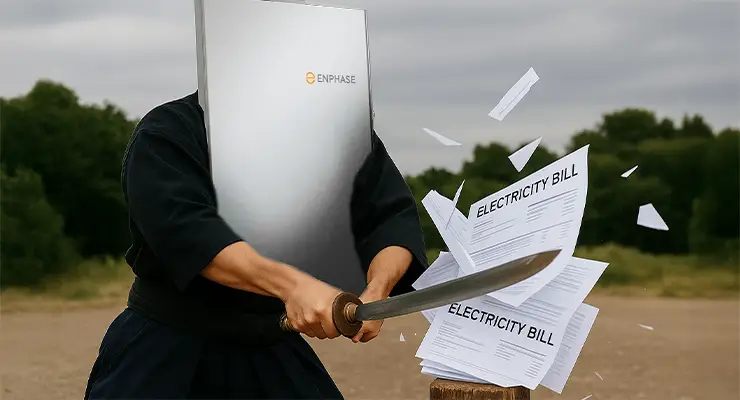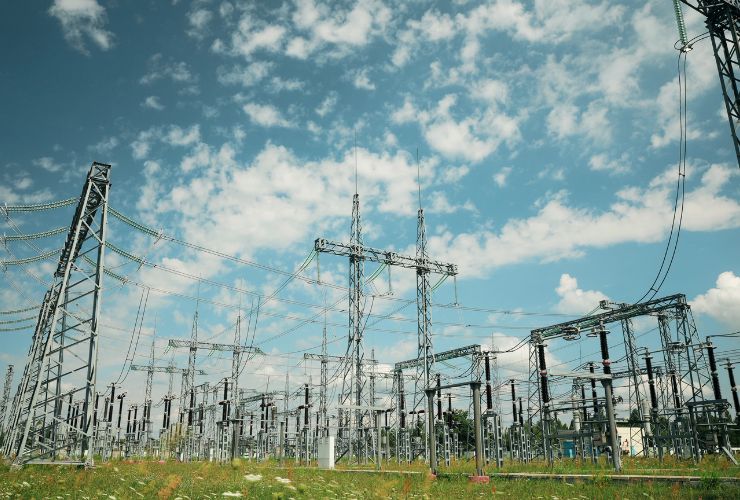Fast read
Home batteries are crucial for stabilising Australia's electricity network by storing excess solar power for use during peak demand. When grouped into Virtual Power Plants (VPPs), they act as a single, large power source, enhancing grid support services. Government incentives like the Cheaper Home Batteries Program are set to accelerate their adoption, strengthening their collective impact on national grid reliability.
What role will home batteries play in making Australia’s electricity network stable?
As Australia rapidly transitions towards renewable energy, the question of how to keep our electricity grid stable is more pressing than ever. With coal-fired power stations phasing out and our reliance on variable sources like solar and wind growing, home batteries are stepping into a vital role. They are no longer just for personal backup power; they are becoming a cornerstone of a reliable and modern national grid.
The Australian Energy Market Operator (AEMO) has recognised that consumer resources, like home batteries, are transitioning from being simple inputs to the grid to becoming a critical part of managing electricity demand. This shift is essential for balancing the intermittency of renewables and ensuring a secure power supply for all Australians.
How do individual home batteries contribute to grid stability?
At its core, a home battery helps stabilise the grid by acting as a small-scale energy buffer. Australia is a world leader in rooftop solar, but this creates a challenge: a surplus of energy in the middle of the day when the sun is shining and a deficit in the evening when demand peaks.
Home batteries solve this by:
- Time-shifting solar energy: They store the abundant, cheap solar energy generated during the day and allow homeowners to use it during the evening peak. This reduces the strain on the grid, lessening the need for expensive “peaker” power plants that are often fired up to meet high demand.
- Reducing peak demand: By using their own stored energy, households draw less power from the grid during critical peak hours. When thousands of homes do this simultaneously, it flattens the overall demand curve, making the grid easier and cheaper to manage for everyone.
- Providing local voltage and frequency control: Advanced batteries can respond in milliseconds to minor grid fluctuations. They can absorb or inject power to help maintain stable voltage and frequency, which is essential for the safe operation of the entire electricity network.

What are Virtual Power Plants (VPPs) and why are they a game-changer?
While a single home battery has a localised benefit, the true power for grid stability lies in networking them together into a Virtual Power Plant (VPP). A VPP is a cloud-based system that digitally connects hundreds or thousands of individual home batteries, allowing them to be controlled and operated as a single, large-scale power plant.
Virtual Power Plants (VPPs) are transforming grid management by:
- Aggregating distributed energy: They combine the stored energy of many small batteries into a significant, dispatchable resource. This allows them to provide the same grid-stabilising services as a traditional power station, such as frequency and voltage control, but with greater speed and flexibility.
- Supporting the grid during crises: In the event of a sudden generator failure or transmission line issue, a VPP can instantly discharge power into the grid to prevent blackouts. This rapid response is something traditional power plants often cannot match.
- Reducing infrastructure costs: By providing localised energy support, VPPs can reduce the need for expensive upgrades to poles and wires, ultimately saving money for all energy consumers.
Recognising their importance, state governments are encouraging homeowners to join VPPs. For example, the NSW government is increasing its incentive for connecting a battery to a VPP from July 2025, a bonus which can be combined with other federal rebates.
What government incentives are available to encourage battery uptake?
The Australian government understands that the high upfront cost of batteries is a barrier for many households and small businesses. To accelerate their adoption and unlock their grid-stabilising benefits, several key incentives are in place.
Starting 1 July 2025, the federal government’s Cheaper Home Batteries Program will provide a significant upfront discount on the cost of installing an eligible battery system. This program will be administered through the existing Small-scale Renewable Energy Scheme (SRES) and aims to provide a discount of around 30% in 2025, which will gradually decrease in subsequent years. This federal rebate can generally be combined with state-based VPP connection incentives, further improving affordability.
For illustrative purposes, a modern, VPP-ready system like a Sungrow hybrid inverter paired with its battery, or an integrated system from Sigenergy, would be a prime candidate to benefit from these schemes. These systems are designed to seamlessly interact with the grid and VPPs, allowing homeowners to maximise both their self-consumption and their potential earnings from grid services. The program requires batteries to be VPP-capable, though joining one is not always mandatory.
What are the challenges to overcome?
While the future is bright, integrating millions of home batteries into the grid is not without its challenges.
- System Integration: Ensuring that batteries, inverters, and software from different manufacturers can all work together seamlessly within a VPP is a complex technical task.
- Regulatory Frameworks: Energy market rules were designed for a centralised grid and are still adapting to accommodate the dynamic, two-way flow of energy from distributed resources like home batteries.
- Installation and Safety: As demand grows, it’s crucial to maintain high standards for installation. Homeowners should always use an installer with battery accreditation from a body like Solar Accreditation Australia (SAA) to ensure the system is safe and compliant.
The future of a stable, renewable grid
Home batteries are evolving from a personal lifestyle product into a fundamental component of Australia’s national electricity infrastructure. By storing renewable energy and providing critical grid services through VPPs, they are helping to create a more resilient, reliable, and lower-emission energy system.
As the Australian Energy Market Operator (AEMO) has stated, the coordinated use of these consumer energy resources will play a major role in our transition to a net-zero grid. With supportive government policies and advancing technology, your home battery is set to become a small but powerful force in securing Australia’s energy future.




